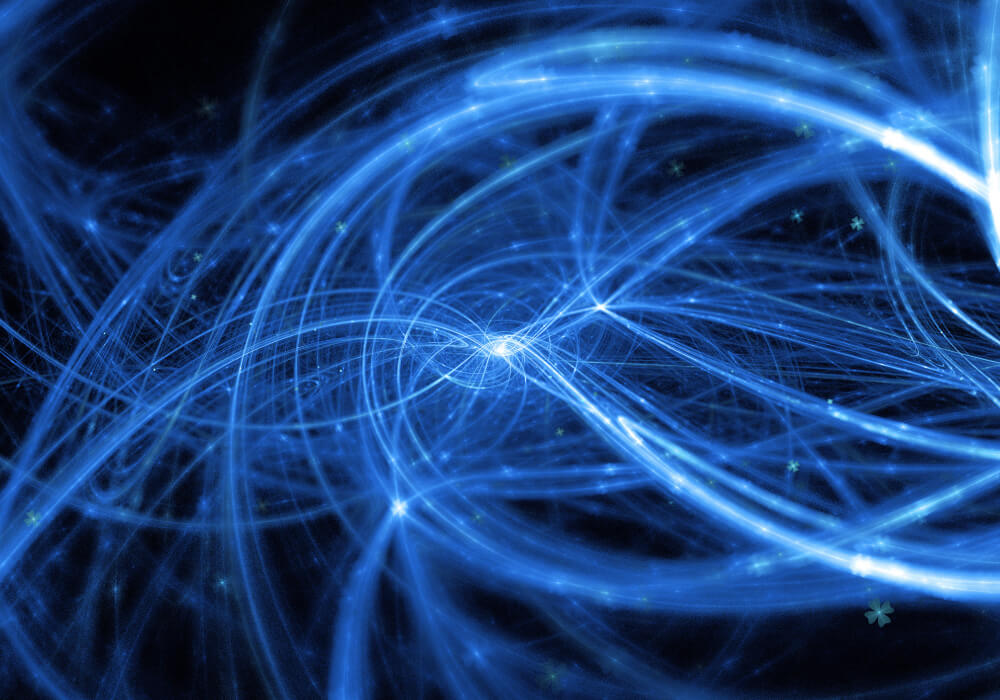There are different types of energy, renewable and non-renewable. These include wind, solar, hydraulic, thermal, electric, etc. You have surely heard the names of all of them, but there are more. In this article we will talk about a lesser-known type of energy that is still halfway there. Do you know about blue energy? Perhaps by blue you think that water is involved and, indeed, blue energy or also called osmotic energy is generated by putting two water flows with different levels of salt concentration in contact.
Do you want to learn more about this type of renewable energy? This interesting article from EcologíaVerde explains what blue energy is, its advantages and disadvantages , and how it is produced.
Blue energy, what is it?
Blue energy or osmotic energy is produced when seawater , which has a higher concentration of salts, comes into contact with fresh water , which contains a lower concentration of salts. That is why blue energy could be an inexhaustible source of energy, in addition to not having a negative impact on the environment. But how is this energy produced?
How blue or osmotic energy is produced
In order to understand how this energy called blue or osmotic is produced, it is necessary to know the concept of osmosis. Osmosis is a physical process in which two liquids with different salt concentrations are separated by a semipermeable membrane, and through this the liquid with a lower salt concentration flows towards the more concentrated one.
Therefore, to obtain blue energy, seawater and freshwater must be separated by the semipermeable membrane, which only allows water to pass through and not salts. The water flows naturally from the less concentrated to the more concentrated, decreasing the salt concentration and exerting a pressure called osmotic pressure . This pressure is what makes a turbine start moving to produce energy .
We have already said that this type of energy is only halfway there, despite being an inexhaustible source of energy. What is the problem? A truly efficient system that generates large amounts of energy has not yet been found, in addition to the high costs involved at the moment.
Advantages of blue energy
The great advantages of blue energy are described below :
- Blue energy, like wind and solar, is renewable and will never run out.
- It is also a constant energy , that is, it can be used 24 hours a day, and we can always obtain it regardless of the weather conditions. For example, to obtain solar or wind energy, we depend on whether it is windy or sunny, while for blue energy we do not have to take the weather into account.
- With this type of energy, the entire planet could be supplied, since it exists all over the world; the only thing needed is for river water to come into contact with sea water.
- CO2 emissions are a real problem for climate change. The plants used to obtain this type of energy do not emit CO2 . Their ecological impact is very low thanks to the way they are designed.
Disadvantages of blue energy
After seeing the advantages, here we mention the main disadvantages of blue or osmotic energy :
- We have already mentioned that blue energy is only halfway there, and despite all its advantages, the disadvantages are more important at the moment, and this is mainly due to the high costs involved in generating it.
- Building a salinity plant already requires a financial investment, but the real problem with this is that to put it into operation the price per megawatt is double that obtained with fossil fuels .
- Semipermeable membranes are really expensive but, in addition, in order to create the necessary pressure to move the turbine that will then produce electricity, these must be large semipermeable membranes .
Blue energy and nanotechnology
As time goes by, new methods are being discovered to make efficient use of blue energy . In 2009, the first plant with the necessary technology to produce it was opened in Norway, but it only produced 10 KW of electricity. Later, in Holland, another type of technique called reverse electrodialysis (RED) was used, which achieved greater productivity with 50 KW, although it is not enough to replace the energy obtained by burning fossil fuels. As long as there are fossil fuels and generating energy from them is cheaper than obtaining it through renewable sources, this will continue to be used despite the great ecological impact it has. Even so, scientists continue to investigate and in 2016 they developed a new membrane capable of generating 1 MW per square meter. And that’s not all, in addition, the use of this type of membrane composed of three-atom-thick molybdenum disulfide would be much cheaper.
This new membrane is developed using nanotechnology and, although there is still a long way to go to achieve an efficient system capable of dealing with non-renewable energy sources, scientists are on the right track.
For more information on energy obtained from water, we recommend these other articles from Green Ecology on What is the kinetic energy of water and Advantages and disadvantages of hydraulic energy .




